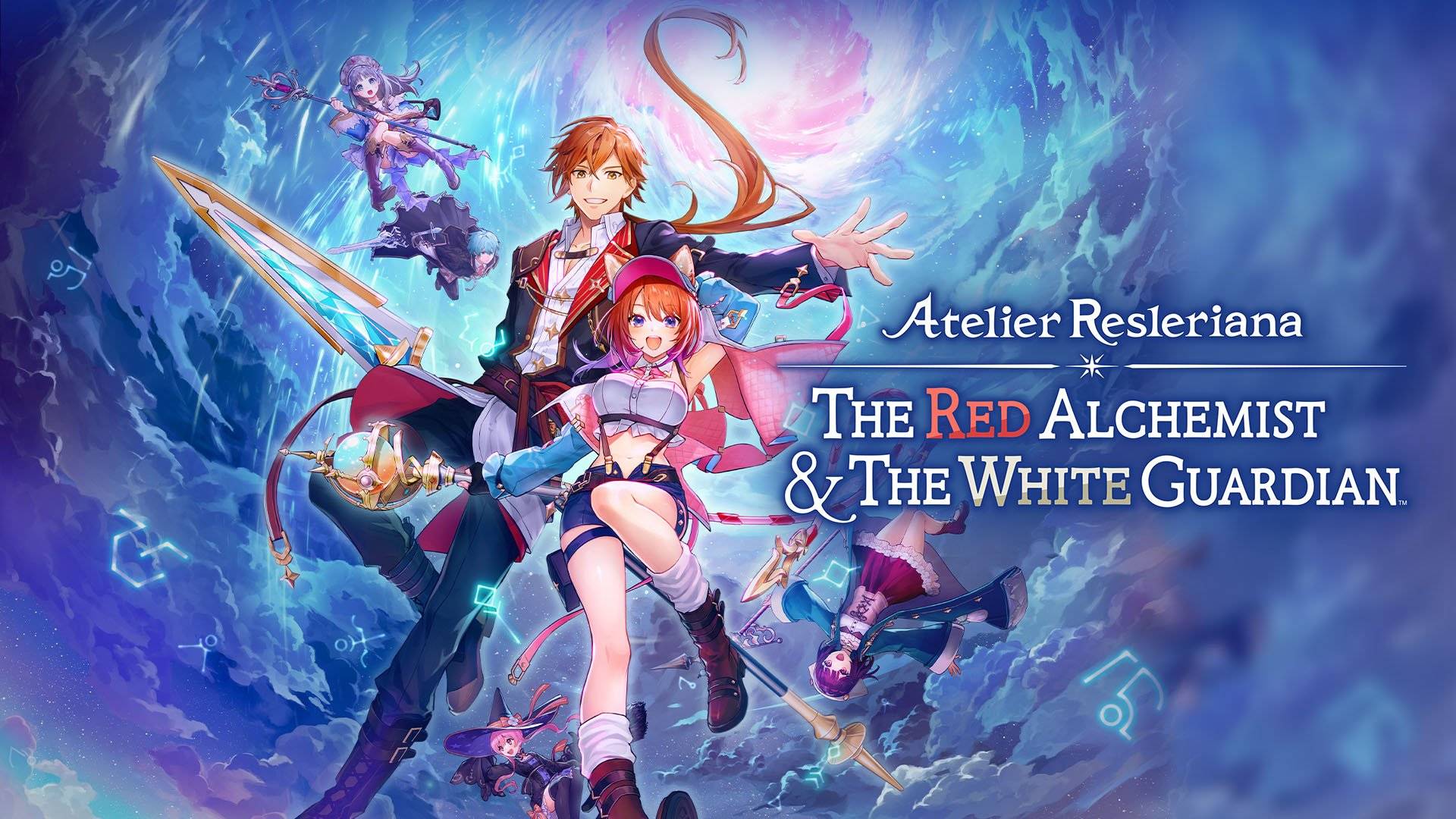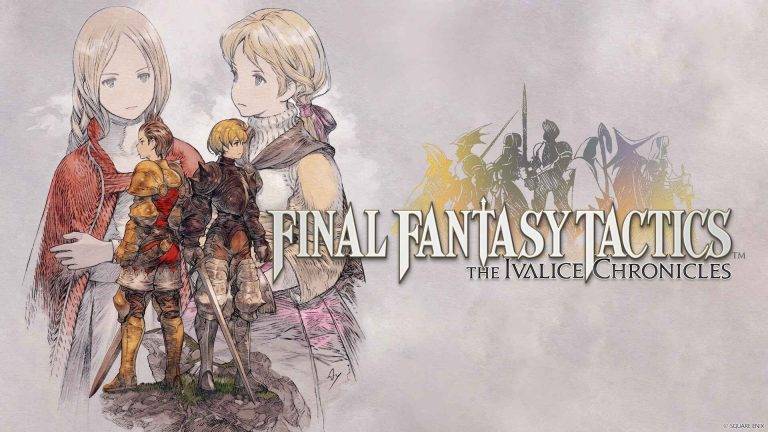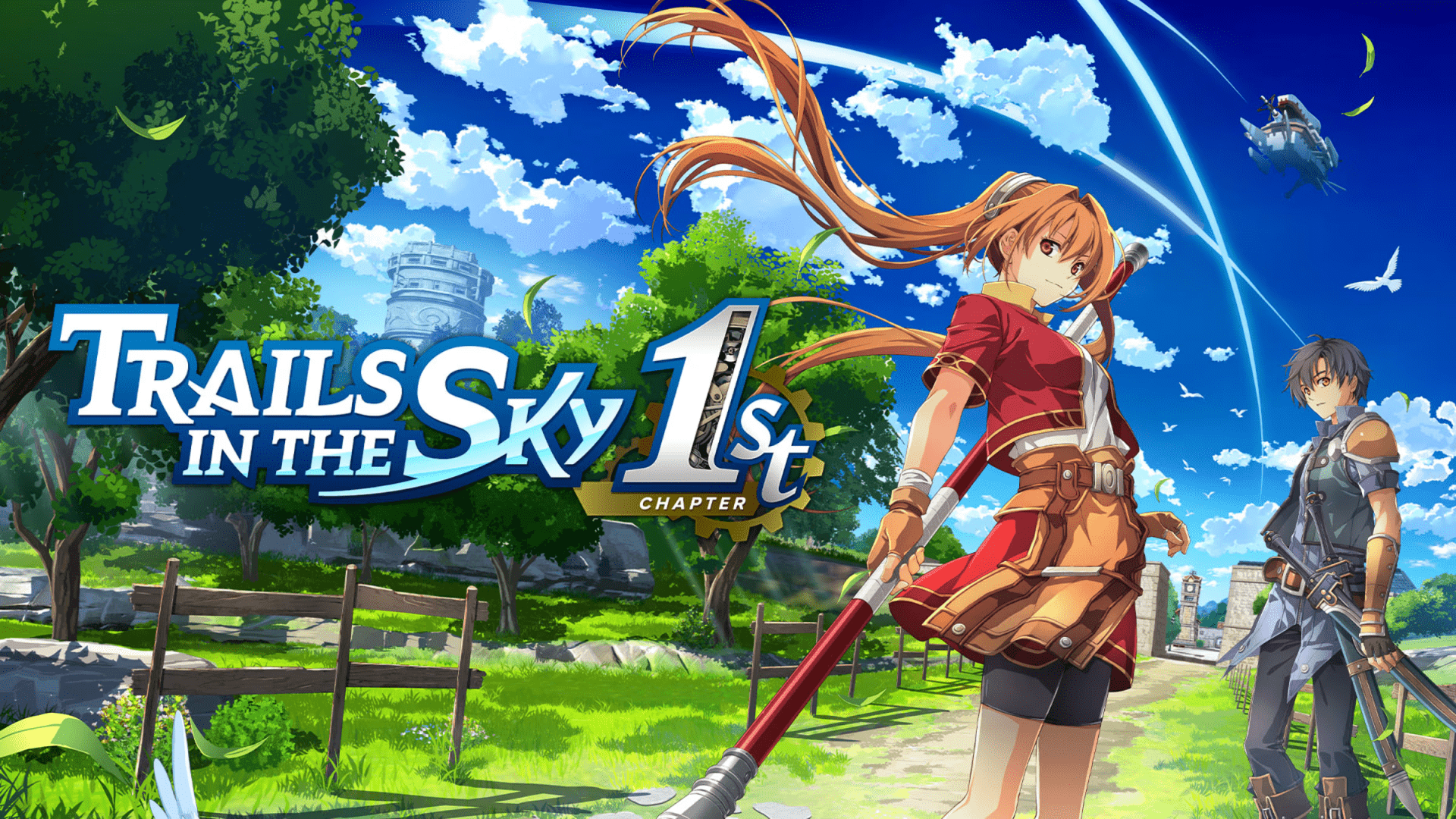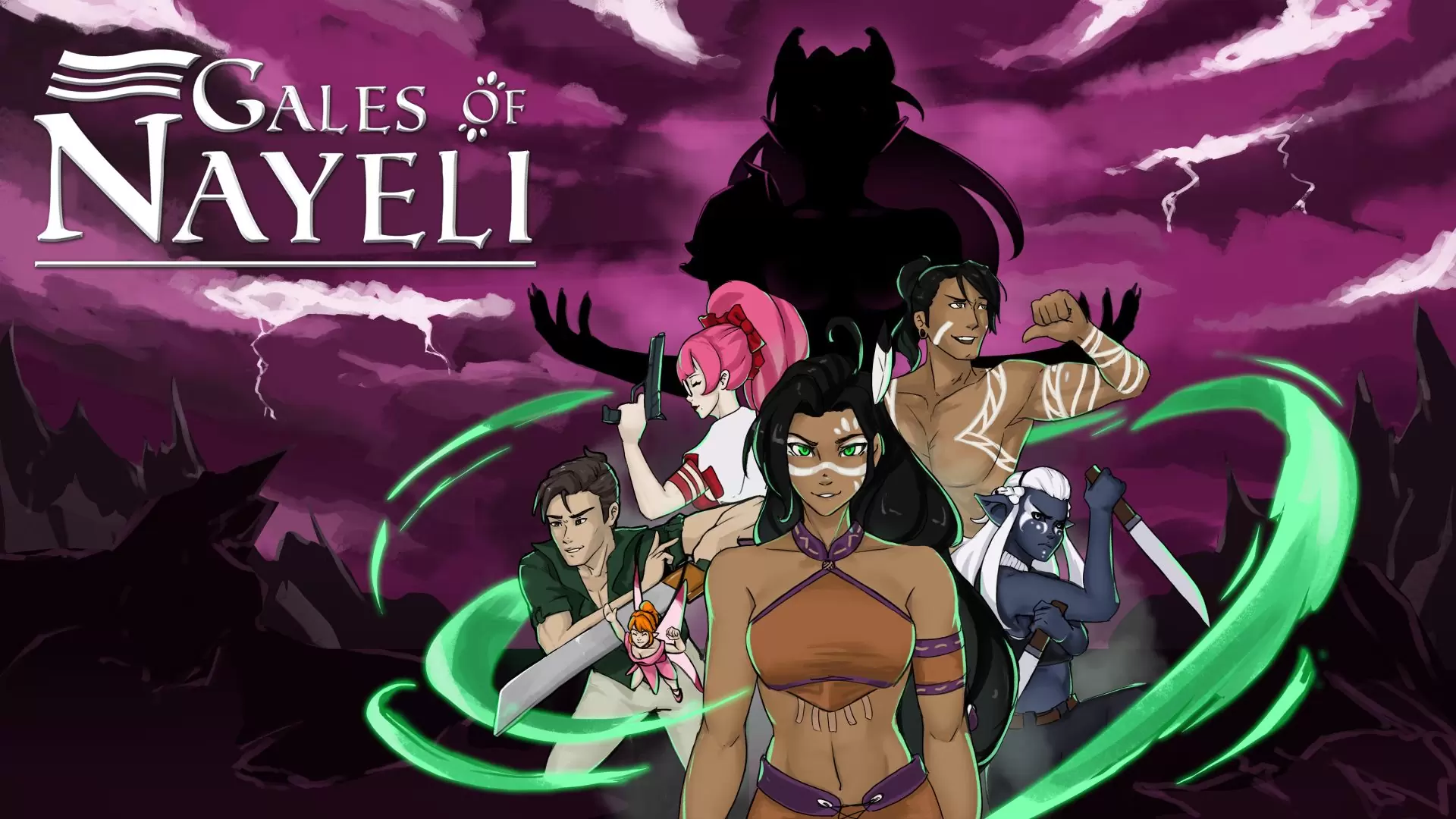The Avengers of Alchemy – Atelier Resleriana: The Red Alchemist & the White Guardian Review
Atelier Resleriana: The Red Alchemist & the White Guardian is the latest game in the Atelier series. It has a very similar name to that of the gacha game (the gacha name being Atelier Resleriana: Forgotten Alchemy & the Liberator of Polar Night). This Atelier Resleriana game is a new entry in the series for home console & PC platforms. This is a fully fledged Atelier game and only shares the world and some reappearing characters from the Atelier Resleriana gacha game.
Unfortunately I couldn’t play the original Atelier Resleriana gacha game because it reached end of service. From what I can tell, however, this game is not really a prequel or a sequel and absolutely no knowledge of the gacha game is required to enjoy it. I did miss a few references to the characters from the gacha game who make an appearance in this game but thankfully they’re generally relegated to minor roles.
This game unexpectedly plays more like an anniversary game loosely similar to Fire Emblem: Engage or even Nelke & the Legendary Alchemists, in the sense that there are over a dozen cameo from all kinds of Atelier games. This game even has references and characters from the Mana Khemia series (the Atelier games between Atelier Iris and Atelier Rorona that were released over a decade ago).
If you’re not familiar the Atelier series is a JRPG series that’s generally more focused on its item creation mechanics compared to most contemporary JRPGs. Atelier games are generally characterized by having slice of life stories, colorful environments and whimsical character designs. A joke that used to be made was that you didn’t have to save the world in Atelier games like in most JRPGs. Rather, the typical protagonist of these games would just be supplying the hero with equipment and having a successful business.
In older Atelier games, you could get various endings with characters and even obtain endings from just making money or even from inventing world-renowned pies. This trend has mostly gone away nowadays, with modern Atelier games playing out more like a modern JRPG with permanent party members, character stories being sidequests instead of distinct endings, and a more traditional storyline alongside its in-depth item creation mechanics.
You can choose between two protagonists in this game – either Rias Eidreise or Slade Clauslyter. From what I could see it doesn’t affect the story too much. These two characters will meet up within 10 minutes of gameplay and you can switch the on-screen character between these two at any time. You switch characters in field exploration such as using Rias’ hook or using Slade to destroy barricades but otherwise it’s just a preference of choosing whoever you enjoy playing more as.
I played using Rias for my playthrough and I didn’t have an opportunity to do a complete second playthrough but I’m assuming that not many (if any) scenes are different. The two protagonists are pretty much tied to the hip together and the story scenes are all completely intact with the two characters interacting with each other often (unlike Tales of Xillia which carved out many distinct scenes depending on the choice of protagonist) so don’t stress out about the choice.
The premise of the game is Rias overhears her sister, Camilla, talking about treasure in old ruins. She decides to explore it without permission and she is attacked by monsters but ends up being rescued by Slade. They quickly become friends and Slade decides he doesn’t want to leave Rias alone and get injured by another monster. Slade has a unique core called a Geist Core that allows him to break barricades and using it they explore the ruins further. They discover an atelier within the ruins, which is essentially a magic workstation where an alchemist can turn raw materials into goods, such as consumables, equipment, or anything that townsfolk need.
The two return to the city, Hallfein, to explain the situation to Camilla. Camilla is in charge of doing town restoration alongside Randolf, a government official. The city of Hallfein was the victim of an incident 12 years ago where Rias and Slade lost their loved ones causing the city to fall into extreme disrepair. After a discussion Camilla decides to leave Rias in charge of exploring the ruins and using the alchemy station. Slade introduces Rias to El Bell, an archeologist making a name for herself who is very outspoken. Using alchemy they want to restore the town as well as discover the cause of the incident.
The director of Atelier Sophie 2 (Yuki Katsumata) worked on this game and it really shows. This game is still a mainline Atelier game but plays exactly like a traditional Atelier game without as many experimental features. The combat is completely turn-based unlike Atelier Yumia. The only aspect that can be considered real time combat is that you can block with a button press at a precise moment to reduce damage like in Mario & Luigi or Expedition 33.
The game really has that whimsical tone of old Atelier games as well. Rias has cat ears on her design and unfortunately I’ll admit her ears don’t look good because of her hat but the other characters (such as Izana) have better looking kemonomimi designs without a hat. The choice of hat on the protagonist makes it look like her ears are fake and attached to her hat like Tevi’s protagonist.
Characters have stats like in any JRPG but you can also equip consumables created from alchemy. Items used in battle can change the course of battle in a variety of ways, such as through buffing your allies, debuffing enemies, applying or healing status ailments, dealing damage, and reviving your allies.
Characters can be broadly divided into alchemists and non-alchemists with the latter usually being gruff looking swordsmen and mercenaries and the former looking like magicians or even princesses who make potions. There’s no class system in the game so you have to play into the inherit strengths for each character. Alchemists can use more items (as well as stronger items) without restrictions but with a higher dexterity stat even your swordsmen can use powerful items too.
All characters have their own skills that they learn which have unique effects. Characters’ stats and skills can also be powered up by spending SP points in a skill tree which can be grinded independent of level. Some later skills and bonuses are locked behind character events which in turn are locked behind the main story progression. Skill points come from a common pool and can be used by any character meaning you could divide it equally between your characters or just splurge them all on your favorite character. You can do generic requests at a board to infinitely farm SP.
Although I was rolling in SP it took so long to spend them all because you have to hold the button down for 3 seconds to unlock each single node and each character would have roughly 100 nodes to fill in total, and you had to do that for each of your 6 characters leading to a lot of waiting. I spent all my skill points at once and it genuinely took me half an hour. The game should’ve implemented a feature where you could highlight a node far down in the tree and automatically fill out all nodes between what you have unlocked and what you have left to unlock, letting you spend all your skill points faster and more easily.
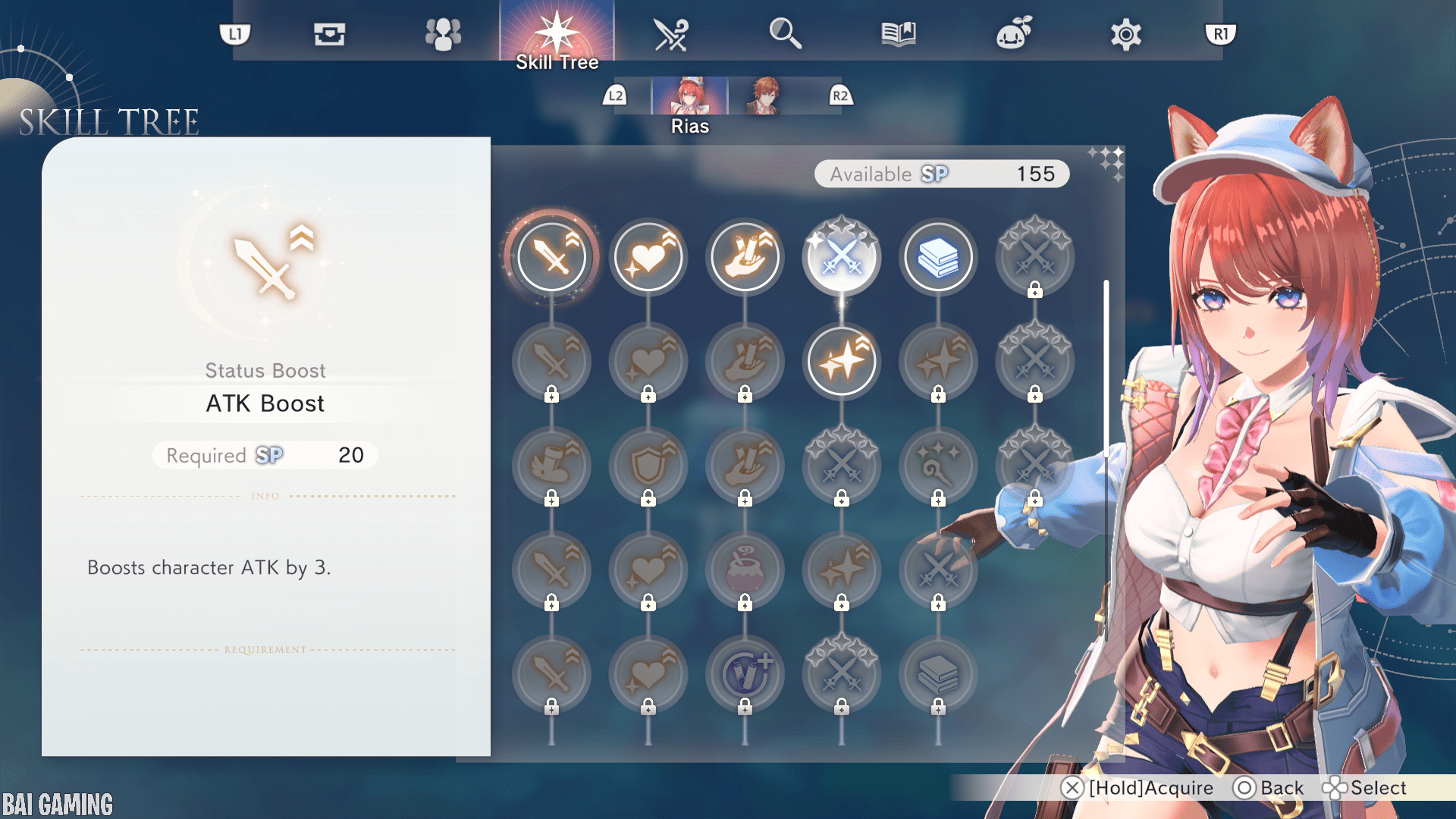
The gameplay loop of Atelier consists of watching story scenes and then exploring maps to collect materials. You run around whacking bushes, trees, crates and pretty much everything you can see to gather materials to later use to make products. A nice quality of life improvement is that you don’t need to switch between your staff and other tools like your insect net or axe, it’s all-in-one now and you can just whack everything as long as you have the correct tools equipped in the menu. You make new tools and upgrade them to be able to gather more high quality kinds of materials.
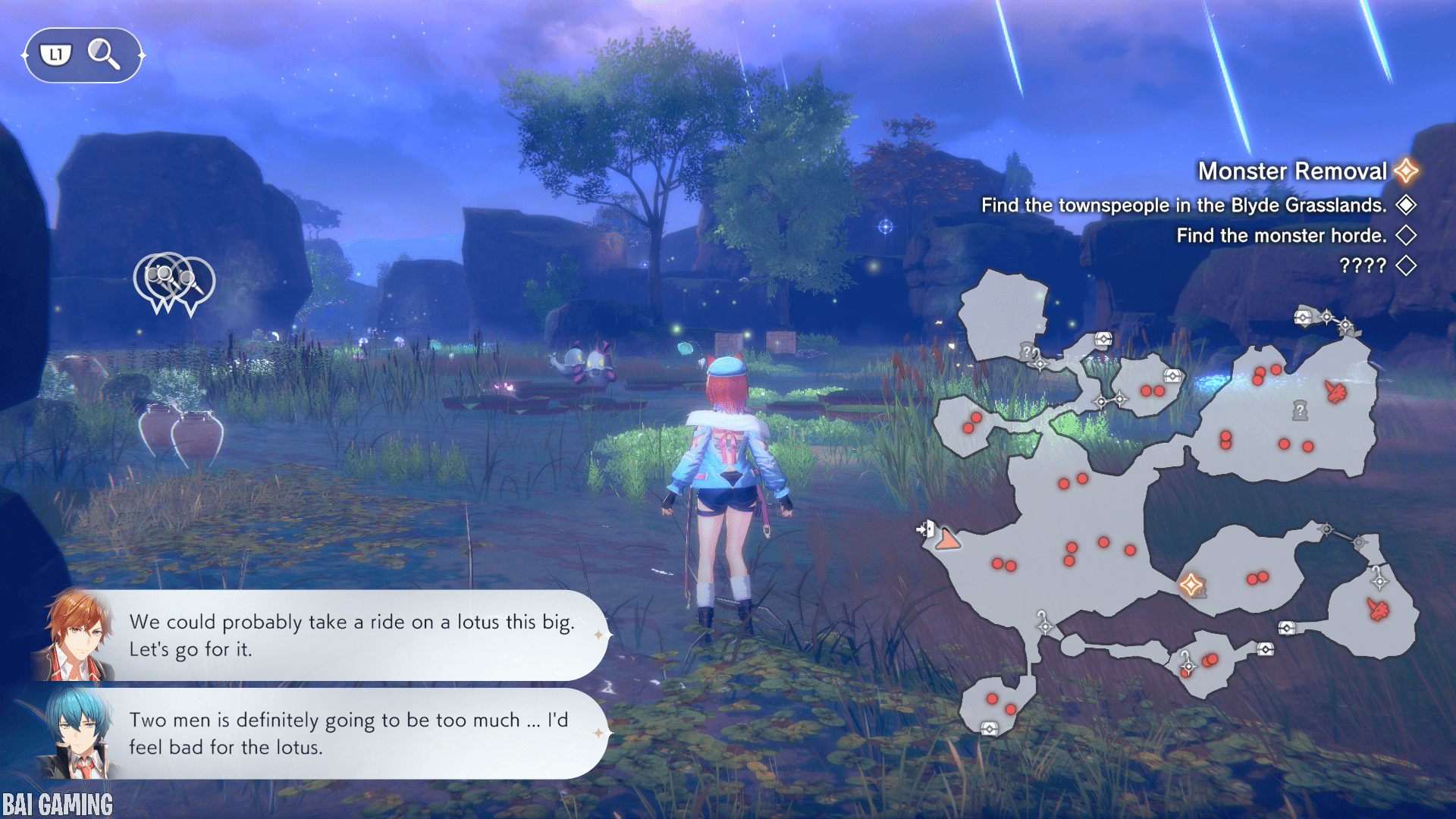
I understand what some of the older games were going for – the developers wanted the player to be able to choose whether they were collecting wood or insects, but it ended up being really time consuming because you’d have to select a different tool even if it was just a simple radial wheel. I enjoyed just whacking everything and collecting everything in this title without having to change the tool I was using.
There is a time system where days turn into nights after a few minutes of exploration, changing the enemies and collectibles. You can just rest at your house any time to change the time. In general I’d just set it to day time so that I could see character events which don’t appear as often at night. Characters have their own storylines to complete as the main story progresses and by doing them you unlock their best skill upgrades.
Materials can be of different categories and the materials themselves have varying quality, effects and traits. To make a product you need a recipe and the correct kinds of ingredients. The game starts off with simple recipes and gives you advanced ones later on not to overwhelm the player. This game has a handy recipe tree that you can observe by pressing the L2 button and it outlines the upgrade path to unlock more recipes. You can unlock new recipes from storyline progression, treasure chests and also from morphing old recipes.
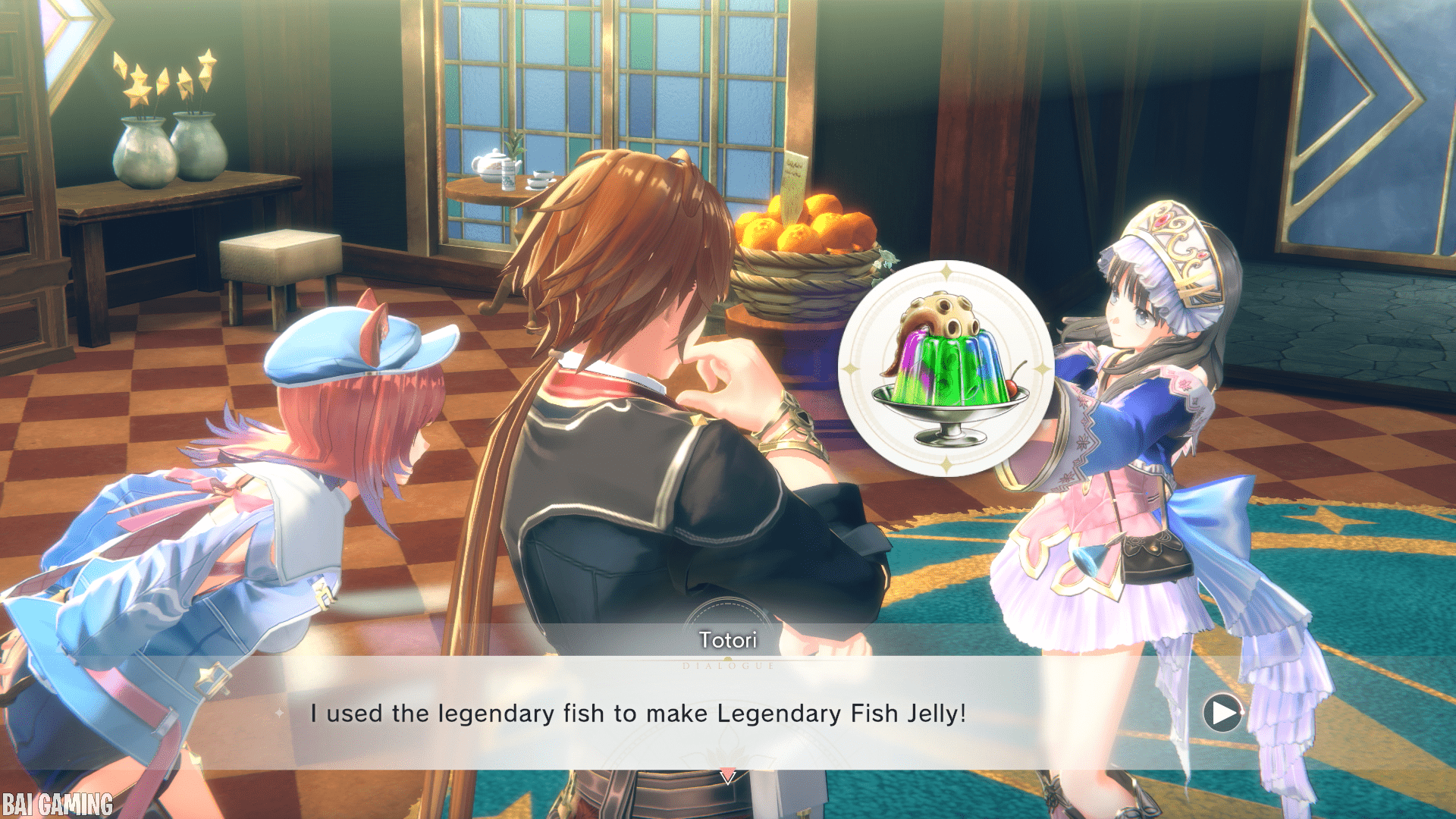
Morphing requires you to use a particular material in a recipe to end up creating a completely unexpected product. For instance you would use lightning ingredients in a regular bomb recipe to morph it into a lightning bomb and you would then unlock the lightning bomb recipe afterwards. You can choose whether to morph your item or not as well in case you wanted to use that material without changing the product.
The quality of life improvements in this game and modern Atelier games are phenomenal. When you gathered a material at least once you can just go to the items menu in the game and add a quest marker for it in the future. This then highlights the material’s location everywhere in all the maps, which was also a feature present in Atelier Yumia as well. In the old games, even the older Ryza games you had to check menus to figure out which particular map the item spawned in and then whack random bushes trying to find it.
All the menus in this game clearly explain the items, effects, traits especially compared to the older games. The recipe tree the game provides makes unlocking better tiers of products much easier compared to old Atelier games where you were stumbling around in the dark due to it being hidden.
I’ve said it before and I’ll say it again: Atelier games have the best and most addicting item creation system out of any game on the market. JRPGs used to have item creation systems but it’s not as common as it used to be. The Star Ocean franchise has a great item creation system as well with its own merits, but new games from that franchise don’t release as often as they used to.
This particular Atelier game doesn’t have complicated mechanics either and even if you played older games the mechanics change every few games. In this title your materials are assigned a certain color and you just match the colors of the ingredients in a line, called the arrange system. Old games such as Atelier Sophie has the “tetris alchemy” meme where you had to match material shapes like a tetris game, but they simplified the alchemy system in this game by just having you match the colors in a line. It’s not necessarily bad and I liked seeing the developers try new ideas for alchemy.
There are catalysts that can change a material’s properties such as changing its colors. This is useful if you really wanted to use a particular material but it had the wrong color and wouldn’t match normally with the other materials in the line. Catalysts in this game do get used up which is a difference to old games. In late to endgame you can buy catalysts which really breaks the game wide open so I understand why catalysts in this game are so rare early on.
There’s a replicator that lets you make copies of certain kinds of items but it costs money. Consumable items can also be restocked without having to remake them but it costs money as well. So if you wanted to make good weapons for your characters you’d make the best ingot you could and duplicate it to use when crafting each kind of character’s weapon. A similar principle would apply with cloth used to make armor. You could also make powerful accessories and duplicate them since accessories are common to all characters. For consumable items you can spend time making the most powerful bomb ever and not having to worry about remaking it since it gets restocked as long as you pay a small fee. Although it may sound stressful to pay you end up rolling in money due to the game’s shop mechanics.
The game shows you the crafted product as well as its effects and traits as you are making it. It’s pretty simple to understand – if you want a healing item you prioritize healing effects and if you’re making a bomb you’d want to prioritize destructive effects. By acquiring similar traits they combine and become more effective such as the “destructive” trait becoming “very destructive” instead. Although it starts simple you can get addicted to the system making the best equipment for characters and best useable items – kind of akin to, say, the demon fusion system of Persona and Shin Megami Tensei.
There’s a filter when selecting ingredients so you can easily find items with healing or destructive traits, just to give a quick example. The system is a lot more complex of course and there are dozens of kinds of traits that you can apply to your synthesized products. There used to be an “alchemy level” in Atelier Sophie 2 and other older Atelier games too where you had to synthesis one of each item to level up your alchemy level in order to be able to synthesize higher tiers of products but in this game there’s no alchemy level at all. This means as soon as you have the correct materials and recipe unlocked you can make any higher tier product from the get go. No alchemy level really helps streamlines the alchemy.
Unlike older Atelier games this game has no time limit (which is the norm for modern Atelier) meaning you can never get soft-locked and you can just grind for materials infinitely at your own leisure and never get punished for it.
You can also fight on-screen enemies and mini-bosses around the maps to gain experience and acquire monster materials. You go to story flags to advance the story and often unlock more alchemy features as you progress. This game has a wire jump feature where you can jump to other areas of the map but it’s color-coded. It starts you off with a blue wire and it can be upgraded to red, green and yellow colors reach new locations with even better materials later on.
One big criticism I have is that the advanced wire jump recipe was locked behind a random chest in the game! Putting recipes behind chests makes sense but not for something as critical as the wire upgrade. This had a particularly compounding effect on me because I couldn’t travel to new regions that required the advanced wire, locking me out of better materials and treasure chests. I had to go back to all the old regions in the game and search all the chests to get the recipe and as soon as I found it the game opened up significantly.
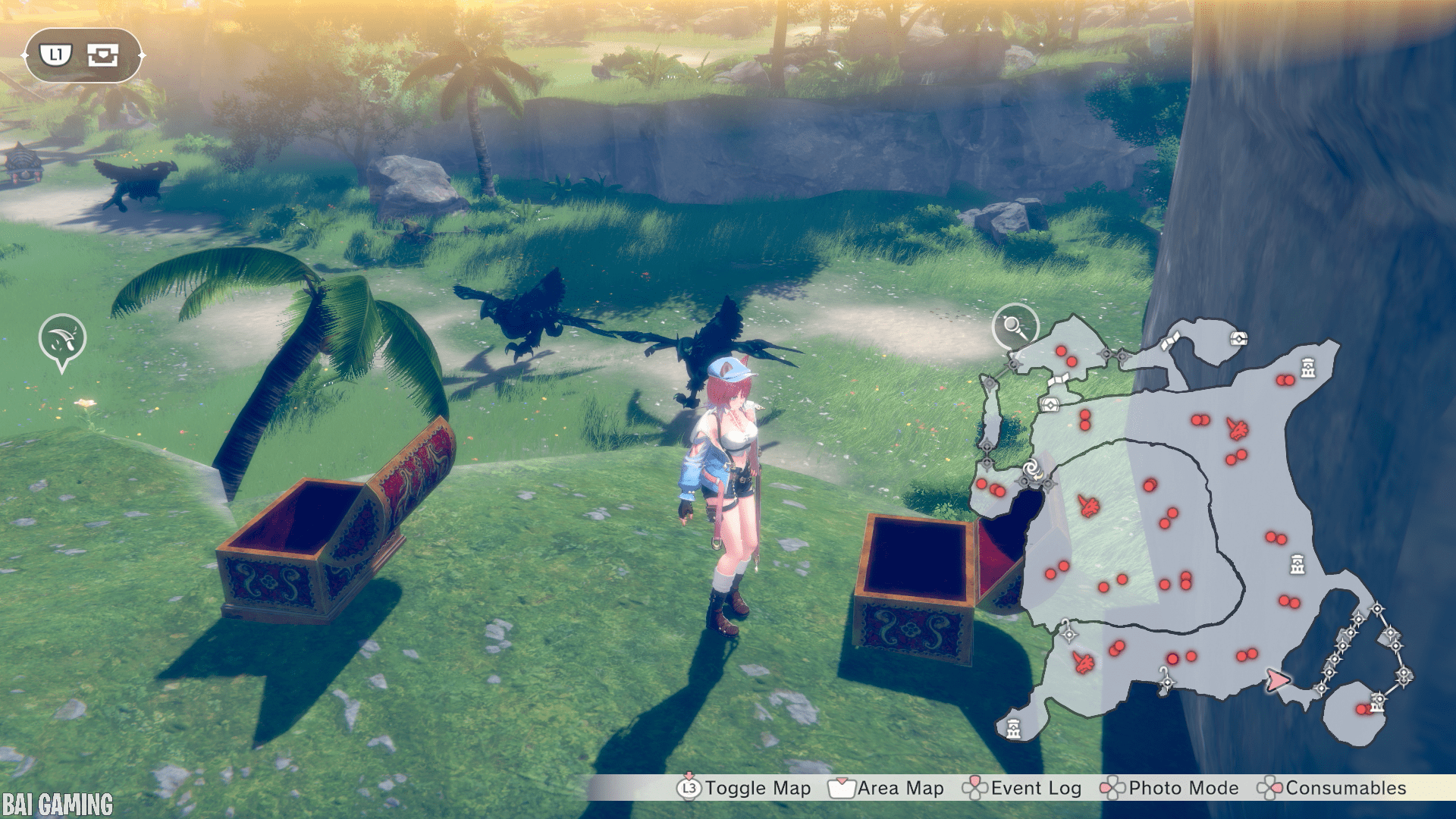
The map is divided into many distinct zones and has fast travel to landmark points on the maps just like the old Atelier games. This game isn’t a giant open world like Atelier Yumia. The maps really are designed like those you’d see in Atelier Sophie 2 or any of the older games.
The turn-based battle system is very fun. Enemies and bosses have a stamina bar, meaning you can stun enemies to delay them and deal more damage. You’re able to have 3 characters in the front row and 3 in the back row. Front row characters participate with turns but you can switch them out with the back row characters or you can do team attacks (multi-actions) letting all your characters act in a turn. When doing multi-actions with multiple characters you can have them each use items to combine the items, such as using 2 bombs to make a bigger explosion.
This game is extremely narrative heavy sometimes to the game’s detriment. It starts off very slow and it takes a few hours before you get full control. This game has Japanese voice actors who do a great job of bringing the characters to life. One of my favorite performances was from voice actress or seiyuu Hina Tachibana who voiced Rias. I found that she did an exceptional job with many of the game’s emotional scenes. I’d say this game is even more emotional than Atelier Yumia and less action heavy but it still has a slow burn plot which is amplified with only having a Japanese dub.
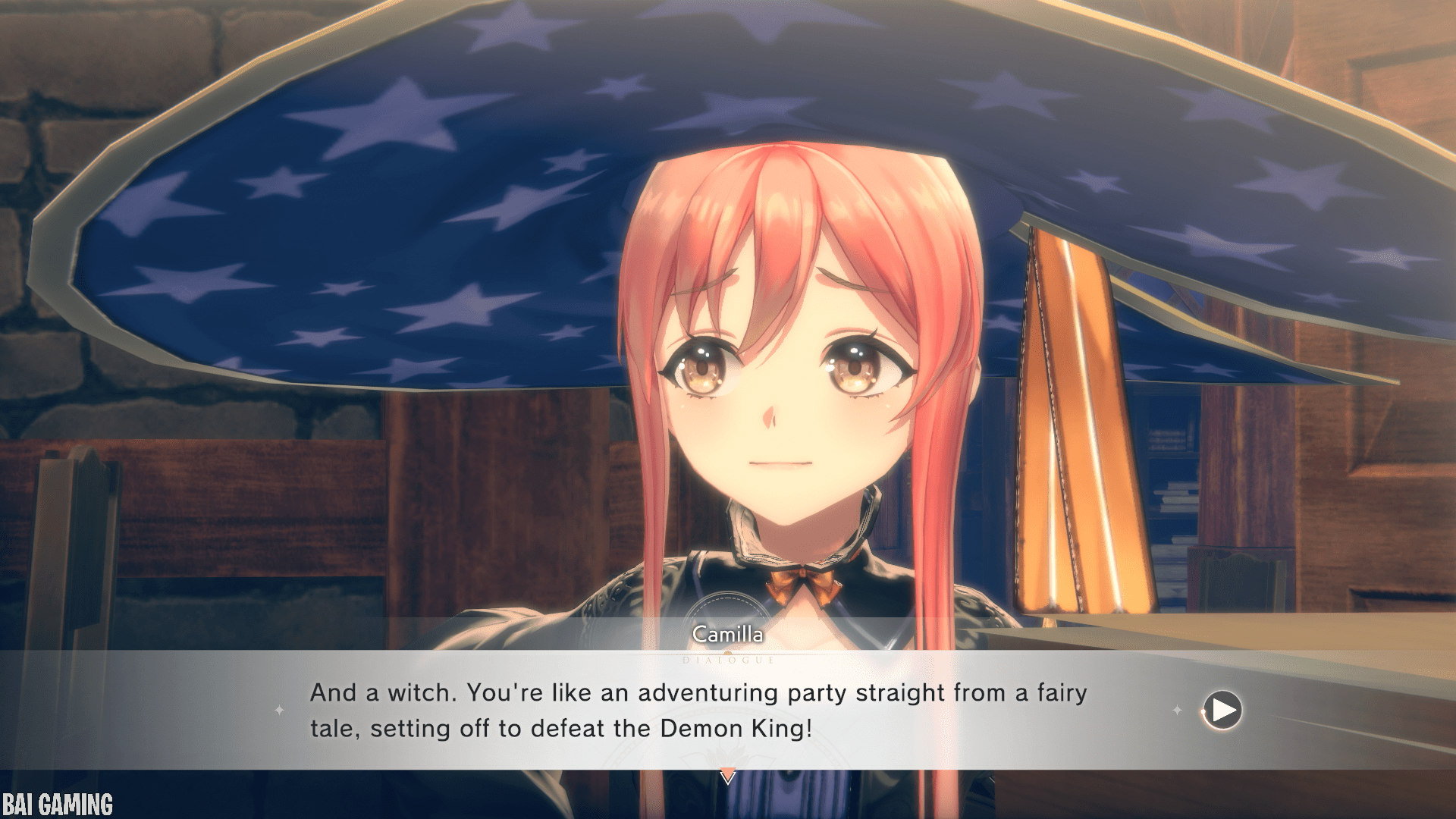
The pacing, unfortunately, can be bad at times too, with the mid-game being a chore to play and not having good villains like other games or even a good story direction. As soon as the game introduced some interesting villains the game fizzled out and it feels that the developers really dropped the ball on that front. The mid-game had really interesting villains but sadly it turned out to only be a quick cameo and not part of the overarching story. I really wanted to learn more about those villains and their organization but it seems that it was relegated to the gacha game. The main story still has a full plot with twists but I definitely would’ve preferred a better antagonist.
Like Atelier Yumia I really appreciated the graphic illustrations (CGs) for impactful story scenes. Usually there was 1-2 per story chapter which felt sufficient.
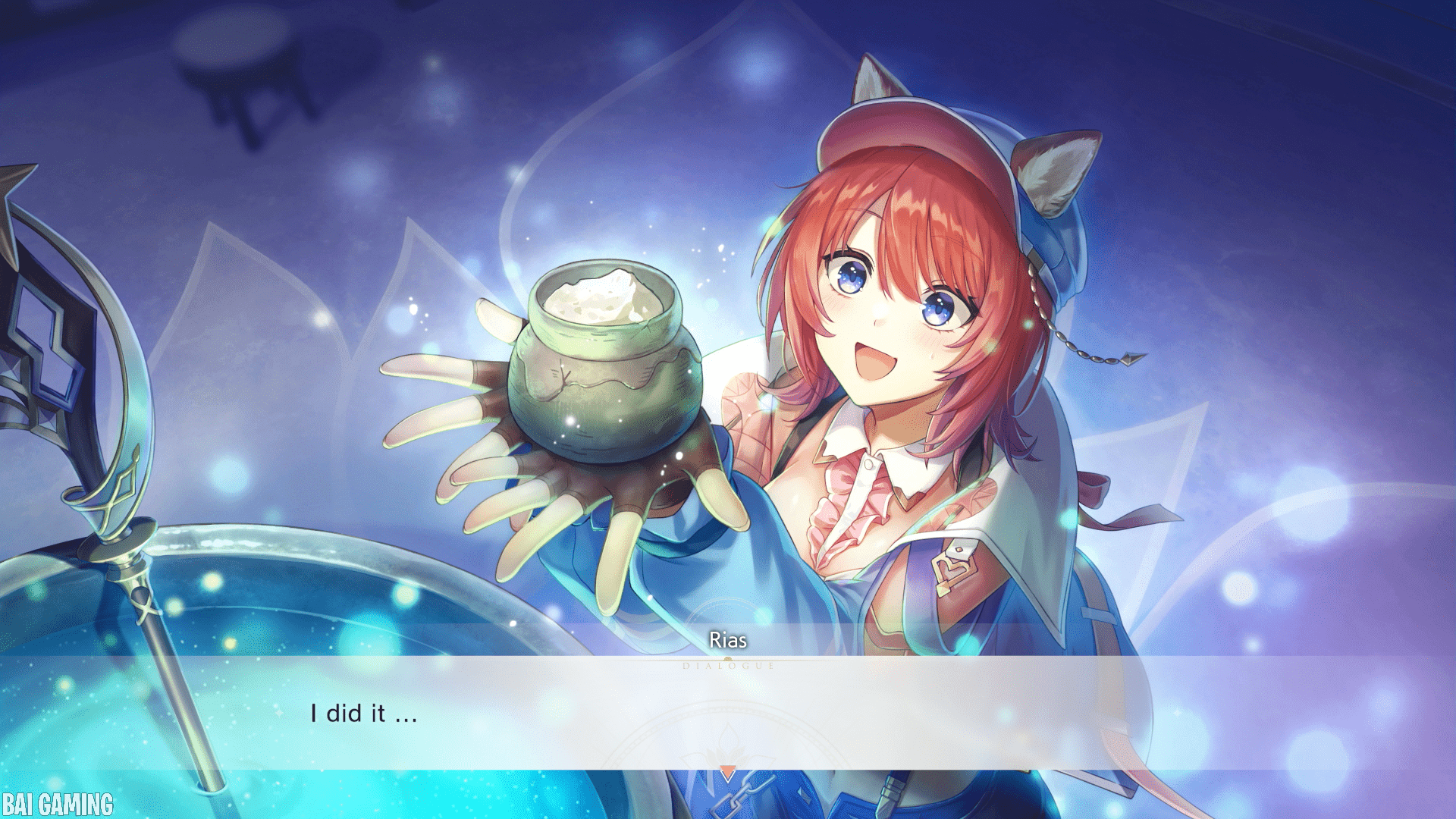
The soundtrack was great as is par for the course for Atelier games. Many characters had themes that were a call back to old games as well which was a great attention to detail. I really liked the flute theme that played whenever you did an event with Totori, it was a great callback to the older games.
This game introduces randomly generated dungeons which I wasn’t a particular fan of. The first of these was called the Evermaze Forest which was one dungeon in the Dimensional Path, a series of random dungeons. I’d say about half of dungeons were regular hand-crafted dungeons in this game but another half of the game are randomly generated dungeons. They’re pretty short and are mostly just squares attached to each other with floors to go up and you generally can rush through them to get through the mandatory ones for story progression.
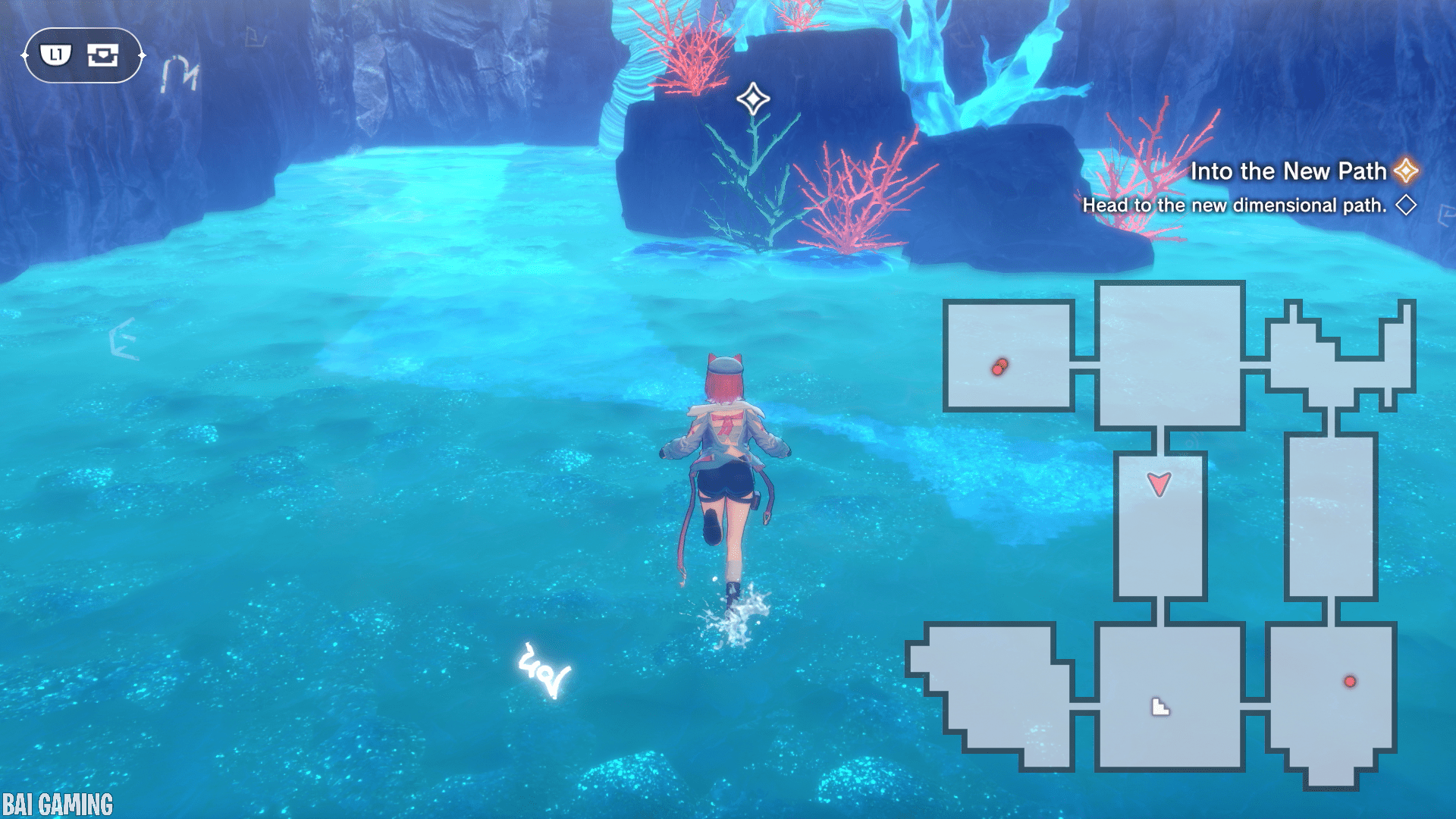
One interesting note is that it’s easy to grind for levels in harder variants of these dungeons and you can also grind for materials easily too because the random dungeon nature makes the dungeon very compressed. In other words there is a lot of materials to gather per square foot unless you know a quick warp in a regular dungeon next to the materials you need. The random dungeons have fairies you can encounter and recruit for your shop but they also give blessings which serve as bonuses for the current dungeon you’re in, so the game acts a bit like a roguelike in this sense.
This game has many cameos to other Atelier characters who are now called Wanderers in this game’s universe. It’s not really a critical plot point or anything, it’s really just fan service and I thought of it like old comic books and multiverses.
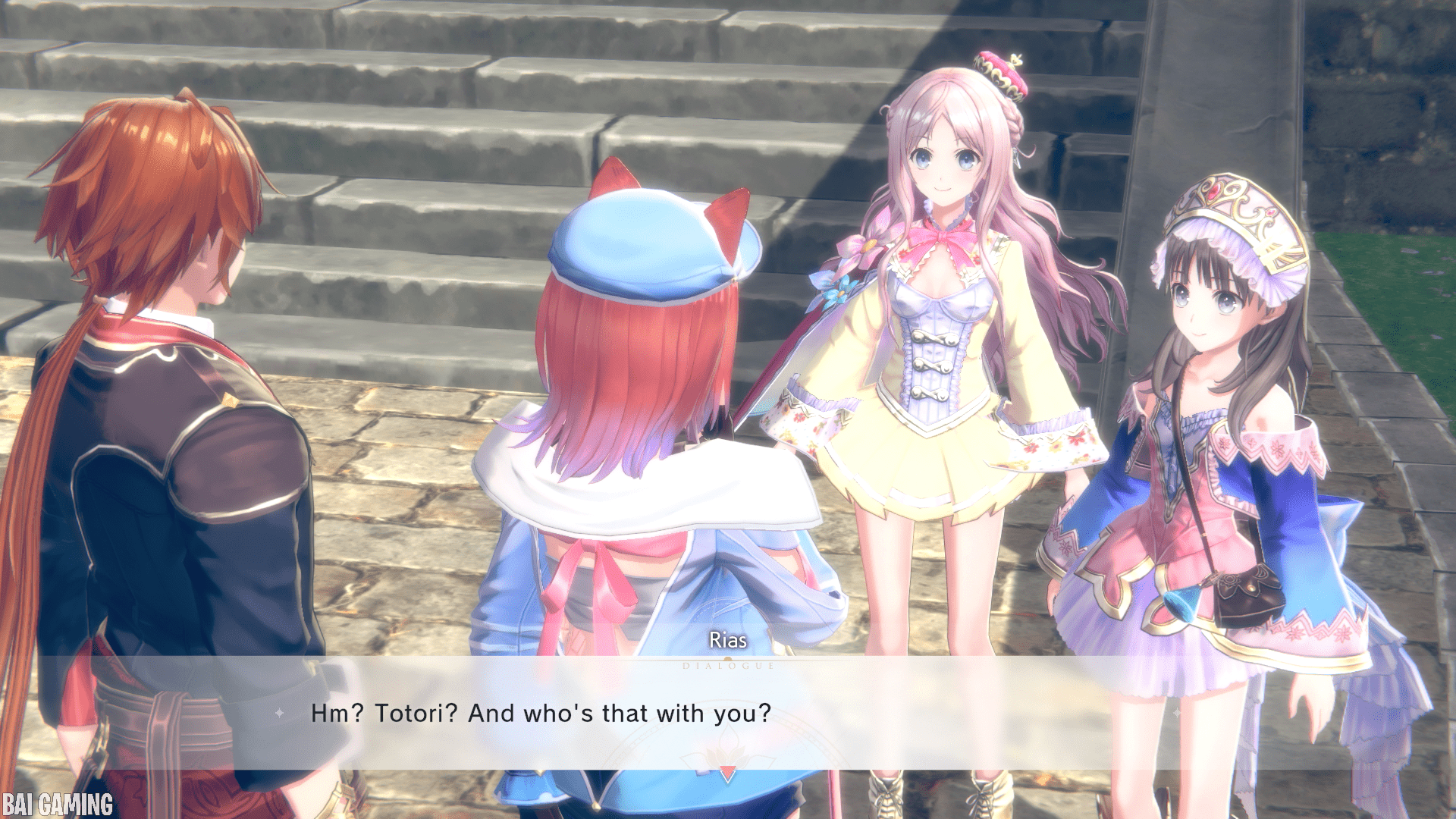
There was a scene of Vayna from Mana Khemia talking to Ryza. Ryza complained about how complicated the alchemy of Vayne’s world was but it felt like a fourth wall breaking sequence, as if the developers were roasting themselves at how complex the alchemy system in Mana Khemia was.
It’s generally the more popular Atelier characters who are represented but they’re not just cameos because many characters have a surprisingly high number of scenes with full voice acting. Characters such as Raze, Wilbell, Sophie and Totori end up being full party members you can use in battle and have many narrative scenes where they progress the story and they all interact with each other!
Other characters such as Ayesha and Ryza (to name a few) have story scenes with voice acting but it’s typically 5-10 minute scenes here and there. There’s a dozen more Atelier characters but they don’t have voice acting and have generic quests to complete which then allow you to request rare items from them.

I really enjoyed seeing old characters in much more detail especially Raze who is from the Mana Khemia series and is now fully modelled in 3D for the first time. I have to emphasize that Raze is a full party member with many main story scenes and voice acting, not just a cameo. I was surprised how far back they pulled characters and I was surprised that they gave you Wilbell instead of Ayesha as a full party member.
You’ll get many references if you played the older Atelier games and you’ll see so many character combinations you would never have thought of before. I laughed so hard when Rias and Slade met Ayesha early on. As soon as Ayesha left Rias said to Slade, “She’s very unusual.” The developers really went above and beyond making all the cameo characters have their actual personalities from their games.
This game has references to the original Atelier Resleriana gacha such as the protagonist from the gacha, Resna Sternenlicht, making several voiced appearances alongside other supporting characters from that game in this game’s story like some of its villains. Unfortunately I couldn’t understand all the references but I got the gist of it. I really would’ve liked to had the opportunity to play the original game but sadly it’s not available due to end of service. Maybe if circumstances were different the gacha and this game could’ve complimented each other well.
I really enjoyed the store aspect of this game which is a new feature allowing you to sell items on shelves rather than just selling items directly to a merchant. By selling items you would upgrade the town’s different industries, resulting in the town becoming more and more advanced. It also let you get rid of extra materials or even make a ton of money by upselling items.
In Atelier Yumia I liked being able to decorate your bases but I felt that it was underwhelming in many aspects. Due to the game’s map size, you were forced to make many bases in the game and it became a pain to decorate 10+ bases even with the game providing pre-built base designs and you had to use materials that could’ve been spent doing alchemy for decoration. Whereas in this title you can decorate your shop and get bonuses such as being able to sell products for more money. The decorations aren’t prohibitively expensive either and were generally easy to unlock. I liked the “base” in this game being one centralized facility and I really enjoyed upgrading and decorating it.
Narratively this shop made a lot of sense to me as well. In many old Atelier games the atelier would be a shop in the story but you’d barely see customers. It would only be major characters asking requests in the story but it never truly felt like a shop where random people could buy your products, it used to feel like an engineer’s workshop.
You’re required to use the shop to upgrade the town’s level at several points in the story. I didn’t find it hard because the gameplay would all come together to actually form a gameplay loop as cliché as it sounds. You’d explore, make products, sell them for money, get upgrades and new recipes and repeat.
Naturally I’d just play the game and get more high-tier products naturally. Although the town looks really bland at first it’s part of the narrative and is done on purpose – the town ends up looking like a normal town by the end of the game. As you advance the town’s reconstruction new merchants will appear and stock more items including recipe books containing recipes for higher tiers of products.
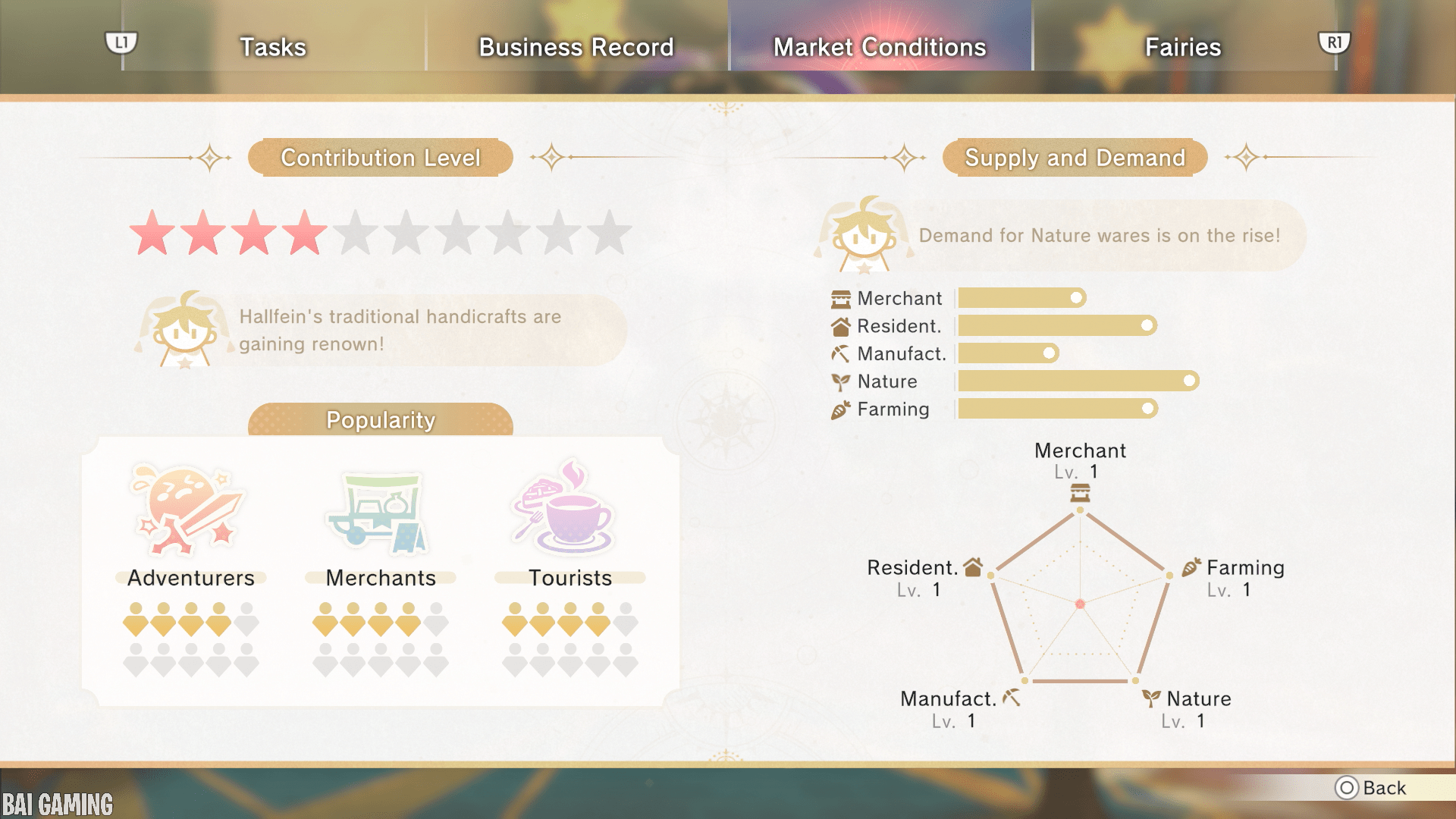
If you don’t want to interact with the shop mechanics though the game does have an auto-sell function. Your staff in the shop includes fairies, a reference to the original Atelier Marie games. You find fairies in the randomly generated dungeons and start off with 3 as well. They have stamina so you can’t overwork them by running the shop without a break.
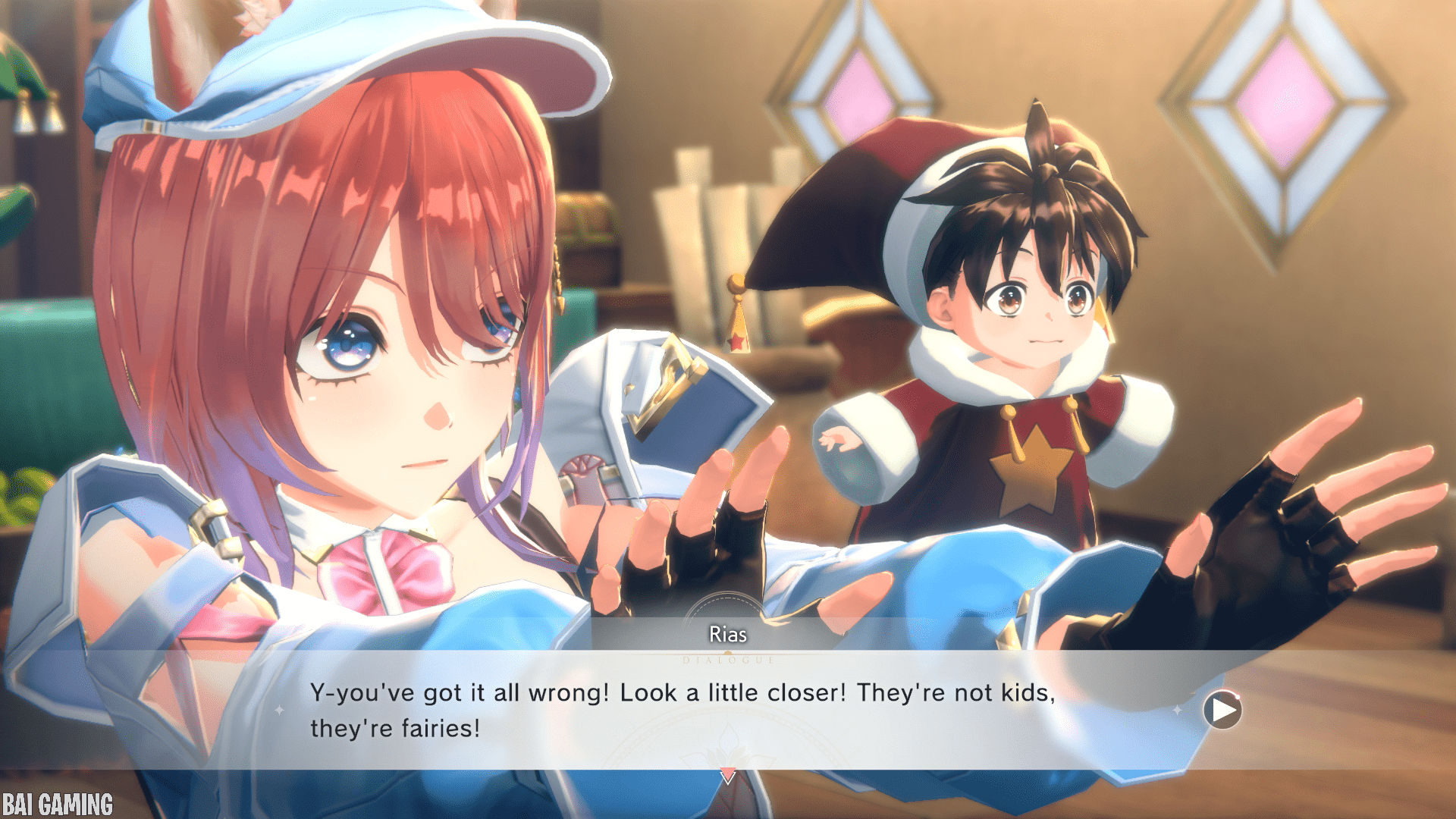
When the fairies get tired it’s a sign that you should go out and explore to get materials and do some alchemy otherwise you won’t be able to sell products with fairies who have depleted stamina. Fairies have levels and stats and you level them up as you use them more but they do have a financial cost so you have to make sure you have profitable items to sell. Fairies have specialties such as customer service, cleaning and inventory so it’s best to play into their strengths when delegating them to tasks.
I ran into a few bottlenecks at several points in the game. The hook exploration tool was one of them because I had a hard time upgrading it and you really do need to go to the regions it unlocks for better materials as well as to find chests containing more recipes.
Another bottleneck was raising the town level which was necessary to advance the story and unlock more regions. I had no problems raising my shop level but the town level often had bottlenecks where I’d have to hand in a number of a certain item and even with the recipe tree I sometimes had a hard time figuring out where to find an item the town needed. If I didn’t find that particular item then I couldn’t raise the town level limit necessary to advance the game. I’d explore all the dungeons, gather all the materials I could and fight all the mini-bosses on the map but there were still some items I had a hard time finding so I’d just end up getting one from a quest reward and duplicating it rather than make it which is probably not what the developers wanted.
After I handed in the item to raise the town level it would give me more story regions to explore and more merchants selling new items, letting me unlock the item I had to find really easily. This item for me was the everlasting flame though after I raised the town level I was able to find it easily. It’s like a chicken and the egg problem. There was definitely a way to get that item normally but sometimes I found myself running into these kinds of roadblocks and scratching my head. Thankfully it’d only happen once or twice.
Without giving details the story is good and most of the characters are very likeable. Strangely I didn’t like Slade that much and I didn’t like the interactions between Rias and Slade much. They both have character arcs and character development but Slade felt almost like a butler for Rias because he was very perfect without flaw to the point of being bland. It didn’t feel like a partner or team. Although Atelier Escha & Logy had many faults of its own I really liked the dynamic between that game’s protagonists, Escha and Logy. Though in almost every other sense gameplay wise Atelier Resleriana definitely beats out Escha & Logy.
I spent 35 hours on this title pretty much getting 100% in the game including completing the main story, all character events, finding all wanderers and completing their requests, getting all materials, recipes, and crafting every product. I’m pretty used to these games from reviewing them so I think if you’re a newcomer to the series or playing at a leisurely pace it would take you 30 hours to rush through the story and 50-60 hours to 100% the game. In this game I couldn’t find any missables. There’s no time limit in this game and the character events are structured so that doing them doesn’t lock you out of any others.
As for this game’s difficulty I think it’s a similar difficulty to modern Atelier games, which is to say that it’s easy even on the harder difficulties. It’s only a hard game if it’s your first Atelier game and don’t understand the nuances of alchemy or if you’re new to JRPGs and gaming in general. If you’ve played an Atelier game before you likely already know how to create powerful equipment and items so you’ll break the game eventually. The game puts limits in place early on to prevent you from making items too powerful but as you progress the story sufficiently you’ll be able to break the game very easily. The difficulty has many different options and you can change it at any time so if you’re overwhelmed with the game’s alchemy and mechanics you can always set it to easy mode, meaning in general the enemies would have less powerful attacks and less health and other stats.
There are rumors circulating saying that the developers repurposed this game from the mobile game but that is wholly untrue and I can tell that from just playing this title for a few minutes. This game only uses the same world and has cameos from characters from the gacha game. Otherwise this game is a regular Atelier game with no online or gacha elements at all. You could even argue that this game is more Atelier than Atelier Yumia.
I really didn’t expect much out of this game but I ended up liking it far more than Atelier Yumia. I thought that this was going to be a quick cash grab recycling old assets but I was wrong – this is a complete game with its own characters and story. This game really keeps the spirit of the Atelier franchise intact, from its turn-based combat, map exploration and alchemy synthesis.
All of the cameos from other Atelier games are well done and some characters are even in the main party with full voice acting and story interaction. I know this isn’t necessarily an anniversary game but this is honestly sets the standard for how a developer should make an anniversary game. The character interactions between all of the Atelier characters and all the references they made were hilarious even having characters from Mana Khemia which had released decades ago.
I don’t think this game really had any right being this good. I appreciate Atelier Yumia for trying new game mechanics but it had a few mistakes as well. The gameplay such as the addicting alchemy is at its finest in this title. There’s a few missteps with this game like having a slow story, awkward pacing and I really didn’t like the randomly generated dungeons but looking past its few flaws it’s one of the most fun Atelier game I’ve played in years.
Atelier Resleriana: The Red Alchemist & the White Guardian
 Our Score:
Our Score: Excellent
Pros
- Amazing item creation system that will have you playing for hours on end.
- Whimsical nature and light-hearted game. Great character, enemy and world design.
- Fun exploration and item gathering mechanics. New shop feature is fun to engage with.
- Pacing can be poor at times and no English voice dub.
- Procedurally generated dungeons are a step backwards.
- Story overall is a bit weak. It could’ve used more tension and villains. The story is very slice of life.
– Brandon Harris
Reviewed on the PC (Steam)
Recent Posts

